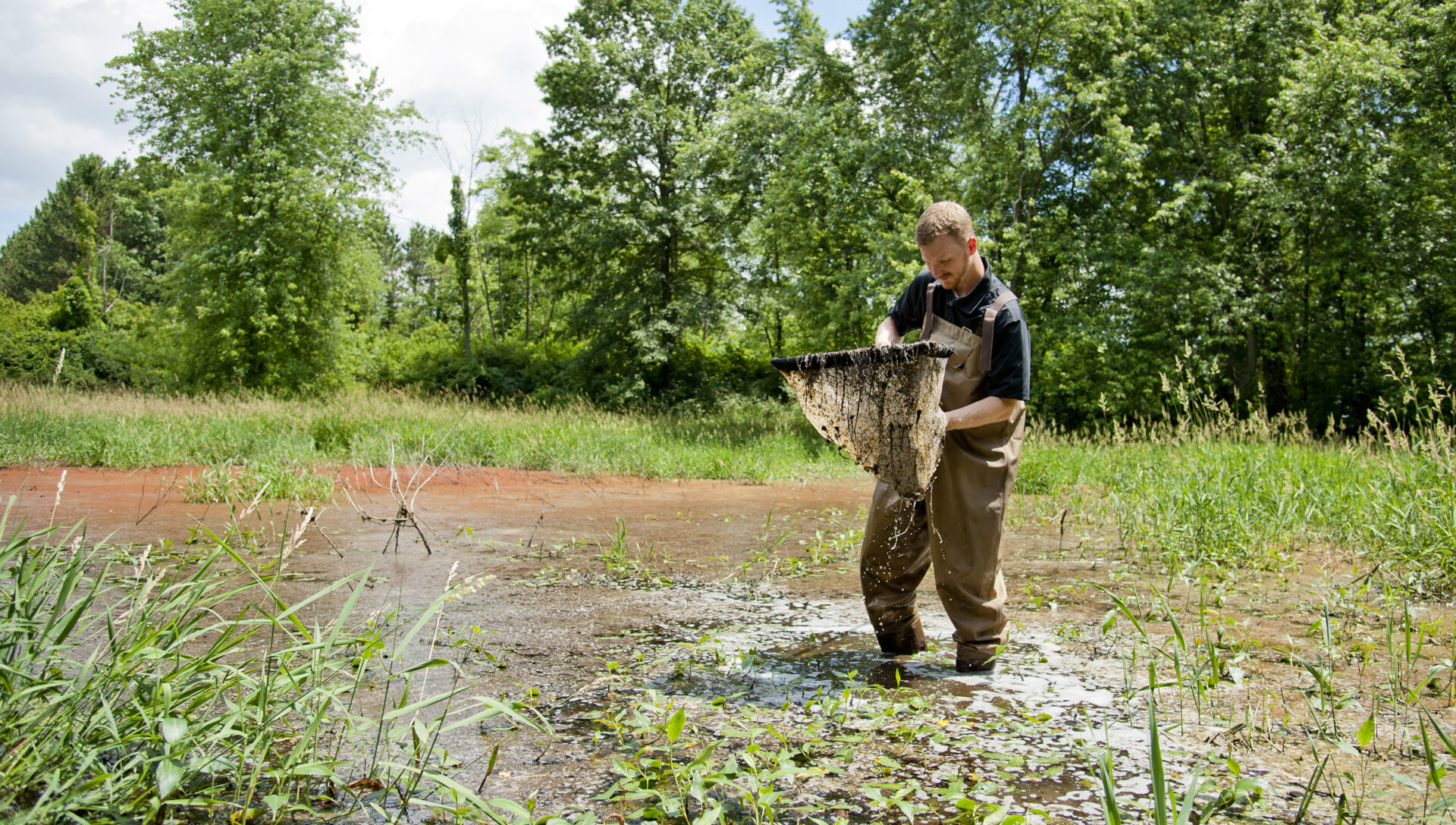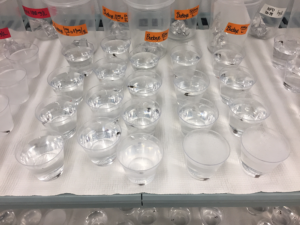PFAS-free AFFF Alternatives
Given the widespread contamination, persistence, and environmental impacts associated with the use of aqueous film forming foams (AFFF) containing per- and polyfluoroalkyl substances (PFAS), there is a need to develop fluorine-free foam alternatives to replace old technologies in fire-suppression operations. However, before the selection and implementation of fluorine-free foam alternatives, research must address their potential environmental impacts. In 2020, we were funded by SERDP to assess the relative toxicity of AFFF alternatives to aquatic species (ER20-1537). We addressed the following questions:
- Are AFFF alternatives toxic to common aquatic species in North America (i.e. zooplankton, fish, and amphibians)?
- If AFFF alternatives are toxic, what is their relative toxicity to our three focal species?
- How does the toxicity of AFFF alternatives compare to the short-chain AFFF formulations currently in use by the Department of Defense (DoD)?
- Do AFFF alternatives bioaccumulate within aquatic species and, if so, what is the distribution of bioconcentration factors across our focal species?
For this project, we conducted controlled laboratory experiments with zooplankton (water fleas, Daphnia magna), fish (fathead minnows, Pimephales promelas), and larval amphibians (gray treefrogs, Hyla versicolor). Our project started with acute toxicity trials to assess the general toxicity of the formulations and inform our selection of concentrations for future experiments. Once we had this information, our focal experiments included chronic exposures to address ecologically relevant endpoints (e.g., reproduction, growth, development).”
Click on the images to see our progress to date on the project.





